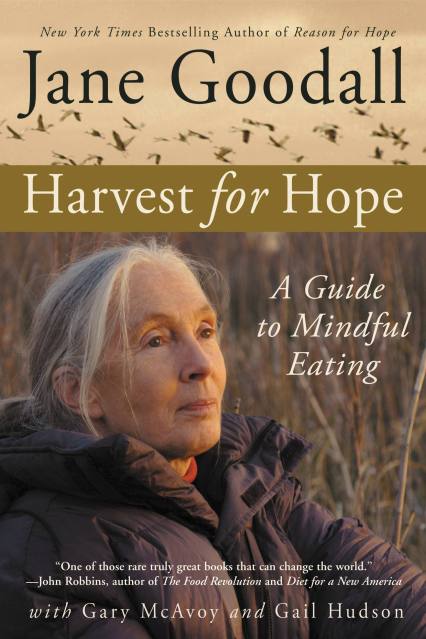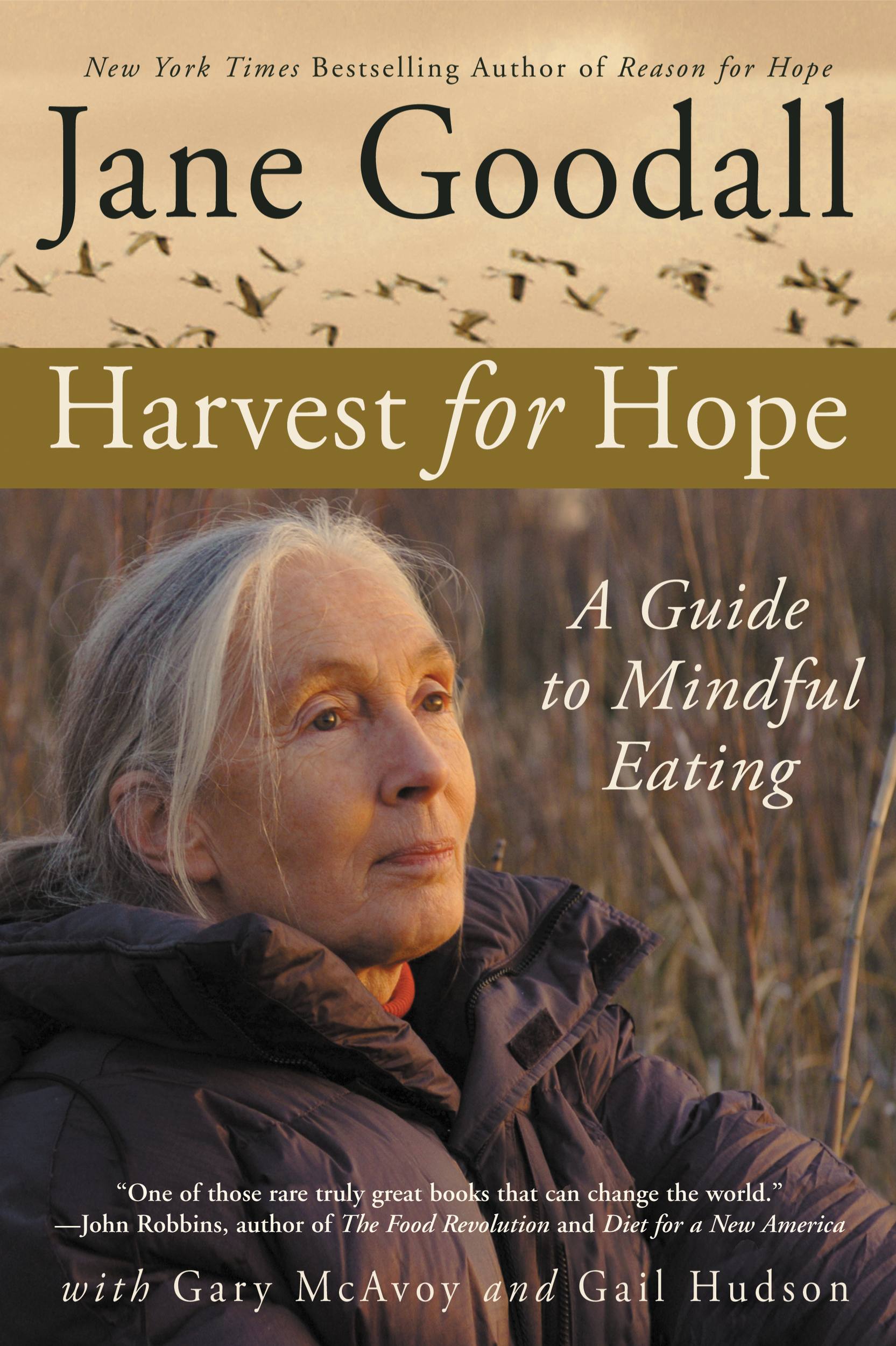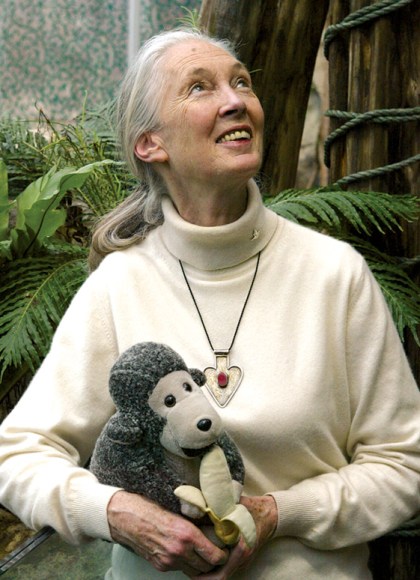Promotion
Use code MOM24 for 20% off site wide + free shipping over $45
Harvest for Hope
A Guide to Mindful Eating
Contributors
By Jane Goodall
By Gary McAvoy
By Gail Hudson
Formats and Prices
Price
$11.99Price
$15.99 CADFormat
Format:
- ebook $11.99 $15.99 CAD
- Audiobook Download (Abridged)
- Trade Paperback $17.99 $22.99 CAD
This item is a preorder. Your payment method will be charged immediately, and the product is expected to ship on or around November 1, 2005. This date is subject to change due to shipping delays beyond our control.
Also available from:
From world-renowned scientist Jane Goodall, as seen in the new National Geographic documentary Jane, comes a provocative look into the ways we can positively impact the world by changing our eating habits.
“One of those rare, truly great books that can change the world.”-John Robbins, author of The Food Revolution The renowned scientist who fundamentally changed the way we view primates and our relationship with the animal kingdom now turns her attention to an incredibly important and deeply personal issue-taking a stand for a more sustainable world. In this provocative and encouraging book, Jane Goodall sounds a clarion call to Western society, urging us to take a hard look at the food we produce and consume-and showing us how easy it is to create positive change.Offering her hopeful, but stirring vision, Goodall argues convincingly that each individual can make a difference. She offers simple strategies each of us can employ to foster a sustainable society. Brilliant, empowering, and irrepressibly optimistic, Harvest for Hope is one of the most crucial works of our age. If we follow Goodall’s sound advice, we just might save ourselves before it’s too late.
“One of those rare, truly great books that can change the world.”-John Robbins, author of The Food Revolution The renowned scientist who fundamentally changed the way we view primates and our relationship with the animal kingdom now turns her attention to an incredibly important and deeply personal issue-taking a stand for a more sustainable world. In this provocative and encouraging book, Jane Goodall sounds a clarion call to Western society, urging us to take a hard look at the food we produce and consume-and showing us how easy it is to create positive change.Offering her hopeful, but stirring vision, Goodall argues convincingly that each individual can make a difference. She offers simple strategies each of us can employ to foster a sustainable society. Brilliant, empowering, and irrepressibly optimistic, Harvest for Hope is one of the most crucial works of our age. If we follow Goodall’s sound advice, we just might save ourselves before it’s too late.
Genre:
- On Sale
- Nov 1, 2005
- Page Count
- 320 pages
- Publisher
- Grand Central Publishing
- ISBN-13
- 9780759514867
Newsletter Signup
By clicking ‘Sign Up,’ I acknowledge that I have read and agree to Hachette Book Group’s Privacy Policy and Terms of Use








